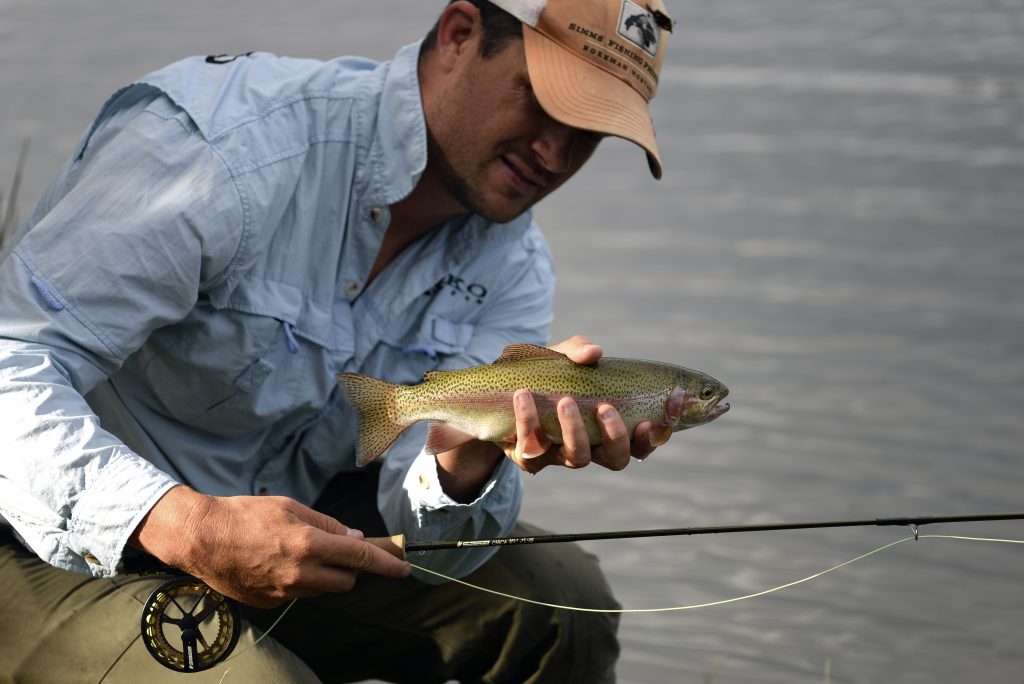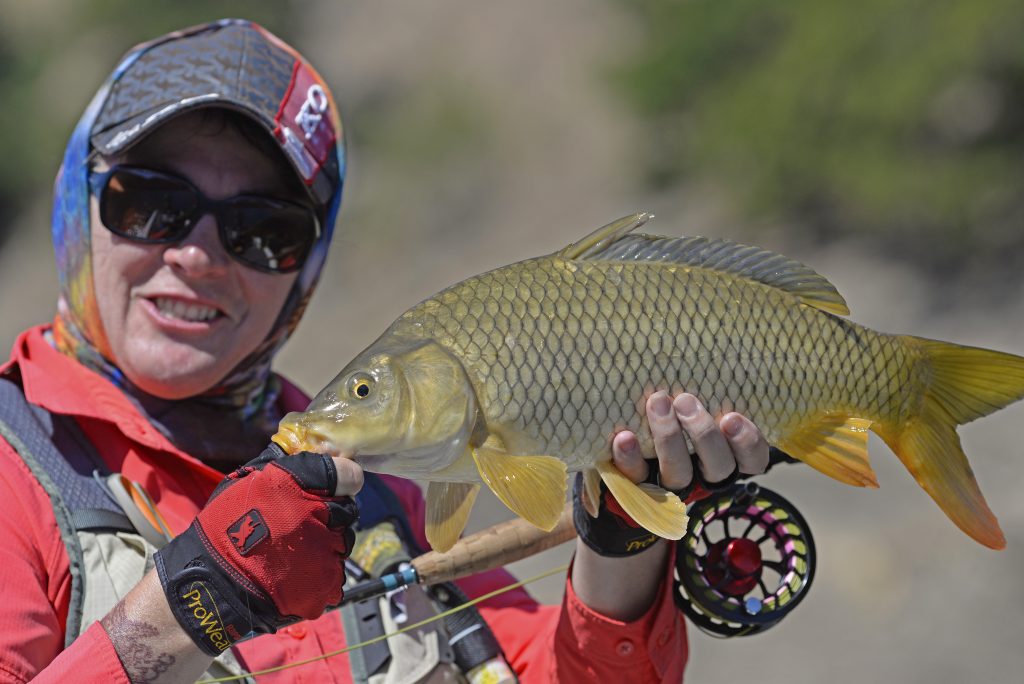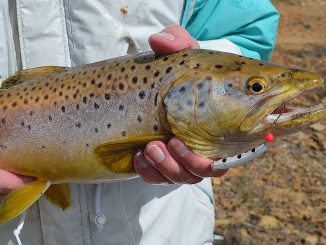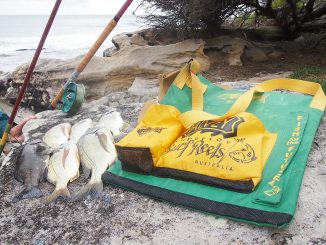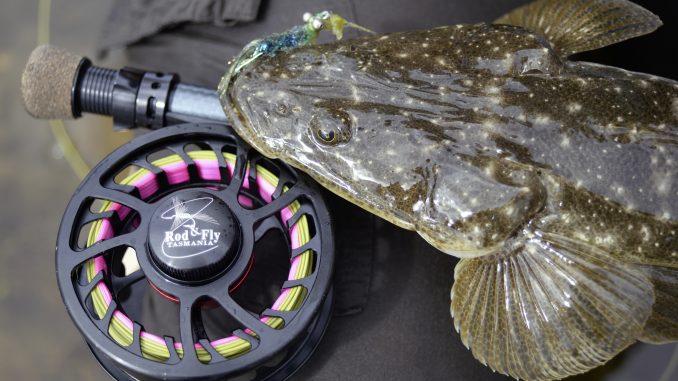
by Steve ‘Starlo’ Starling •
Flyfishing has a reputation for being a mysterious and difficult art, mostly practiced by crusty, pipe-smoking old toffs in tweed jackets resplendent with leather elbow patches… But the times have indeed changed! These days, flyfishing has largely been demystified, and it’s no longer solely about catching trout!
The biggest trick to breaking down any remaining misconceptions around flyfishing is to accept that it’s no more than a specialised form of lure fishing in which the lure is too light or too wind resistant to be cast any serious distance using conventional spinning or baitcaster tackle. Simple as that!
Flies are just artificial baits, like any other lure. However, being made from fur, fibres, tinsel and feathers lashed to a hook with thread, they’re virtually weightless. This presents a challenge from the casting perspective. That challenge has been overcome down through the centuries by incorporating the necessary casting weight into the line instead of the lure. So, a fly line is effectively no more or less than a long, skinny sinker or float! It’s weight or mass is used to deliver that lightweight lure to a fish.
The best way to throw such a long, skinny casting weight is to swish it back and forth through the air in order to form a travelling loop that can be extended and then unfurled onto the water, presenting the fly at the end of a leader that’s attached to the fly line.
Get it into your head that this is the real crux of flyfishing – not the generations of tradition, nor the reams of literature surrounding this branch of the sport. While this description may offend some ‘purists’, flyfishing is no more or less than lure fishing with ultra-light lures!
And while flyfishing originally developed in the Old World to catch trout and salmon, it’s equally applicable to any other fish — in fresh or salt water — that will eat a lure. I’ve literally targeted everything from mullet to marlin on fly! Granted, the gear needed is a little different to our standard lure casting tackle. Fly rods are generally long (2.5-3.5m) and have a slow, progressive taper. And that fat fly line along with some backing (in case you hook a whopper) is best stored on a simple, centrepin reel with either a drag or at least a clicker to stop it spinning too freely and spewing out line.
Fly lines come in varying weights (designated from 0-20 weight) and rods are made to match them, just as our spin rods are best suited to a specific range of lure or sinker weights. Heavier fly lines are best for casting large, bulky flies, especially on windy days. But the majority of fishing you’re likely to do (in fresh or salt water) will be easily covered by an outfit in the 4-weight to 9-weight range.
Fly lines also have differing densities so they either float, or sink at varying rates. An ‘intermediate’ line (which sinks quite slowly) is a great all-rounder for anything other than dry flyfishing for trout. With a 6 or 7-weight outfit carrying an intermediate line you could happily target trout, bass, redfin, carp, bream, flathead, whiting, trevally, mullet, luderick, tailor, Australian salmon, garfish, pike and a whole bunch of other common targets.
So, if you’ve been put off having a crack at flyfishing because of all the hype surrounding it, think again! It’s no more than another way of skinning the same old catfish… and it’s great fun!

